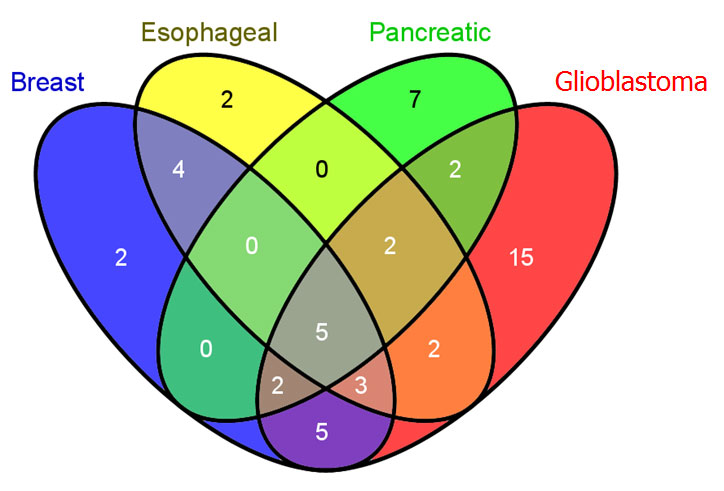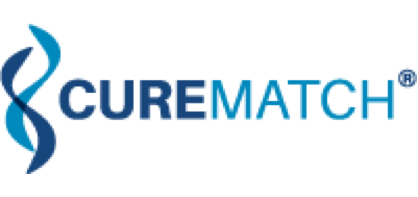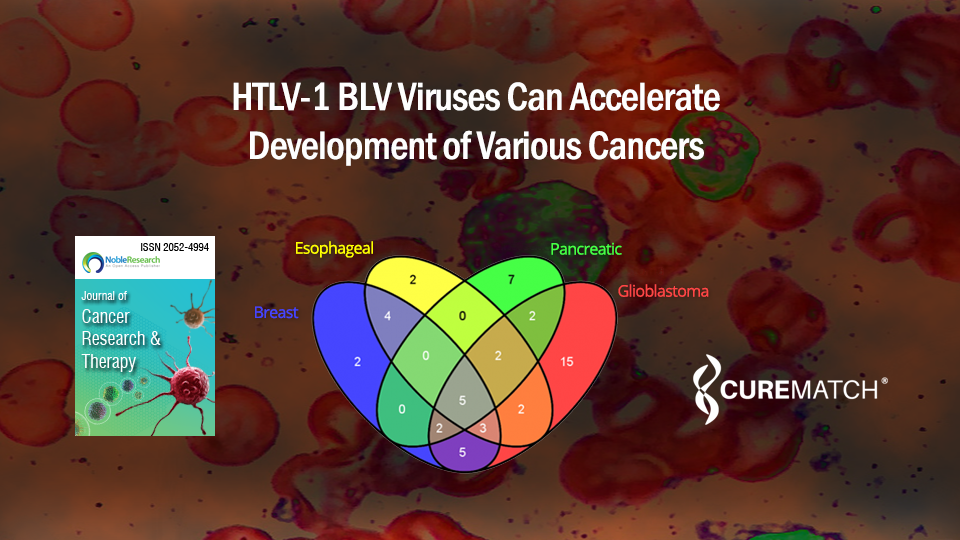CureMatch Co-Founder Shares Findings HTLV-1 BLV Viruses Can Accelerate Development of Various Cancers
CureMatch’s co-founder and Chief Science Officer, Dr. Igor Tsigelny contributed to recently published cancer research concerning impact of viruses HTLV-1 and BLV on development of various cancers which could prove helpful to future CureMatch work. Findings are hopeful that it may be possible to eradicate these viruses acceleration of various cancers.
The human T-cell leukemia virus type 1 (HTLV-1) is known to cause a rare cancer of the immune system’s T-cells called adult T-cell leukemia or ATL in about 5% of those infected. Researchers hypothesize that this virus, as well as another lesser-known “cousin” called bovine leukemia virus (BLV), may also play a role in the accelerated development of breast cancer, esophageal cancer, pancreatic cancer, and glioblastoma (brain/spinal cancer) around the world.
Kimberly Mann Bruch of UCSD and the San Diego Supercomputer Center (SDSC) highlights the recent news:
In a Journal of Cancer Research and Therapypaper published last month called HTLV-1 Can Be Involved in Acceleration of Different Nonhematological Cancers, Valentina Kouznetsova, Steven Chen, and Igor Tsigelny proposed the necessity of studies related to HTLV-1 and BLV affecting other cancers. Kouznetsova is a researcher affiliated with SDSC and on staff at the Moores Cancer Center, while Tsigelny is affiliated with both SDSC, and Moores, Chen participated on the research team via the SDSC’s Research Experience for High School Students (REHS) summer internship program.
“One of our interesting findings was that HTLV-1 infected patients in southern Japan without any manifestations of ATL-developed various cancers correlated with the possible HTLV-1 proteins influencing a set of cancer pathways equivalent to cancerogenic mutations,” said Kouznetsova, the lead author of the study.

“This problem is not easy,” added Tsigelny. “To assume that HTLV-1 virus proteins affect different cancers, one of the assumptions would have to be that the virus may spread from T-cells where it usually lives, to other types of cells. It is not obvious how that happens, but a number of anecdotal evidences show that HTLV-1 affects various cancers, not only leukemia. It is possible that other mechanisms also are involved.”
Similarly, BLV is spread from infected cattle to non-infected cattle by direct contact or exposure to blood. While BLV is not believed to survive pasteurization, the virus has the potential to be transmitted from an infected cow’s raw milk to a human. Likewise, the virus may also be able to be transmitted from an infected cow’s undercooked meat to humans. While the cattle industry strives to keep infected cattle segregated from healthy cattle, several studies have found BLV in breast cancer tumors.
According to researchers at Michigan State University (MSU), as of 2018 BLV was prevalent in about 43 percent of all U.S. cattle. However, BLV has been completely eradicated in more than 20 nations, most of which are in Europe, and their efforts can be used as models for implementing several control strategies. Large Animal Clinical Sciences Professor Paul Bartlett at MSU is currently conducting several field trials in which the most infectious cattle are culled or segregated to reduce transmission.
“Other approaches involve controlling biting flies and implementing various management controls to reduce blood-borne transmission,” said Bartlett. “Most of our earlier work involved documenting the specific ways in which BLV disrupts the bovine immune system and discovering the unexpectedly large impact on milk production and dairy cow lifespan.”
While efforts to eradicate BLV in cattle are important by themselves, the research done to date by Kouznetsova, Chen, and Tsigelny have the potential to eventually mitigate multiple cancers’ acceleration caused by those infections.
Tsigelny, along with his work at UC San Diego, is the Chief Science Officer and co-founder of CureMatch, a company which provides decision support for doctors in personalized cancer medicine.
“With 4.5 million possibilities to combine around 300 FDA-approved cancer drugs, CureMatch targets multiple cancer mutations at the same time and determines the best combination treatment for each patient,” explained Tsigelny. “While this study is not related to the current tasks of CureMatch, it may become so in the future.”
SDSC Director Michael Norman is a member of the CureMatch Advisory Board. No grant funding was used for this study.
Source: San Diego Supercomputer Center – SDSC
About the San Diego Super Computer Center
As an Organized Research Unit of UC San Diego, SDSC is considered a leader in data-intensive computing and cyberinfrastructure, providing resources, services, and expertise to the national research community, including industry and academia. Cyberinfrastructure refers to an accessible, integrated network of computer-based resources and expertise, focused on accelerating scientific inquiry and discovery. SDSC supports hundreds of multidisciplinary programs spanning a wide variety of domains, from earth sciences and biology to astrophysics, bioinformatics, and health IT. SDSC’s petascale Comet supercomputer is a key resource within the National Science Foundation’s XSEDE (eXtreme Science and Engineering Discovery Environment) program.
About the Journal of Cancer Research and Therapy
The Journal of Cancer Research and Therapeutics is a peer-reviewed open access medical journal published by Medknow Publications on behalf of the Association of Radiation Oncology of India. The journal covers research in oncology, radiation oncology, medical imaging, radiation protection, non-ionising radiation, and radiobiology.
About CureMatch
CureMatch, Inc. is a San Diego-based digital health company focused on personalized medicine and combination therapy in oncology. CureMatch’s Decision Support System guides oncologists in the selection of cancer drugs that are customized for individual patients based on their molecular tumor profile. CureMatch enables oncologists to become experts in personalized medicine by providing them with actionable intelligence towards advanced cancer treatment options. www.curematch.com

